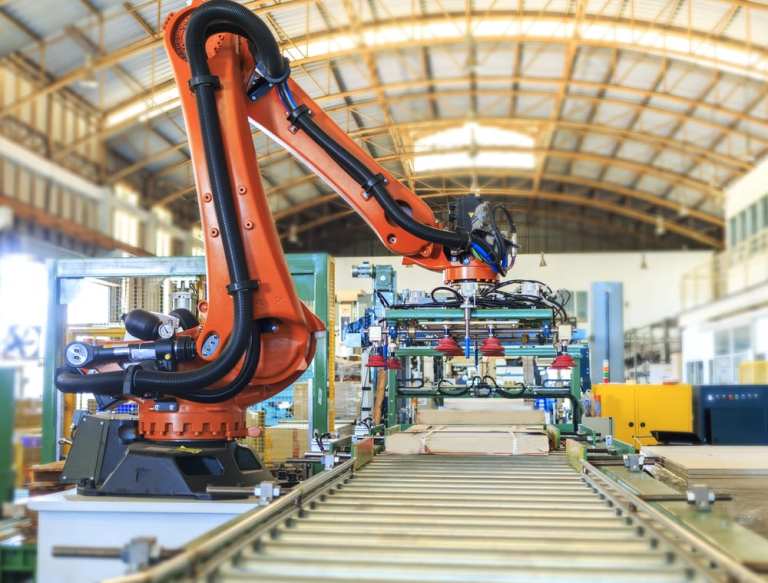
Manufacturing-heavy states in the Midwest will be hit hardest by the rise of artificial intelligence (AI) and automation for lower-skilled jobs, according to a new study by Brookings Institution researchers.
Reuters reported that automation technology’s melt into middle-wage jobs like construction, office work, truck driving and even food prep and food service will see more and more jobs displaced by computer technology.
Certain states will be heavily affected, like Indiana, Kentucky, South Dakota, Arkansas and Alabama. Wisconsin, Iowa and Ohio, which are heavy manufacturing states, will be the hardest hit.
States like New York and Maryland have only a fifth of jobs in the affected high-risk category.
“The first era of digital automation was one of traumatic change … with employment and wage gains coming only at the high and low ends,” study authors wrote about the spread of computer tech and robotics that started in the ‘80s. “That our forward-looking analysis projects more of the same … will not, therefore, be comforting.”
As technology advances, autonomous vehicles will replace drivers and smart technology will alter the jobs of waiters, carpenters and construction workers.
The change could raise productivity, which would lead to cheaper goods and potentially raise demand, which could also possibly lead to more jobs; however, it could still pose a problem for lower-skilled jobs, which are a fallback for many people.
This will alter the way low-wage jobs are filled, as many have a high potential for automation. Personal care, for example, has an automation potential of 34 percent, and building maintenance has a potential of 20 percent.
In the coming years, warehouse robots will take a bigger role in the fulfillment of eCommerce orders, with AI technology becoming more and more prevalent.
Overstocking costs retailers about $470 billion annually, according to one of the most recent estimates. Understocking is even more expensive, adding about $630 billion in global annual costs. Algorithms, like the one used by Amazon, already help both problems by predicting consumer demand “for hundreds of millions of products it sells, often as much as 18 months ahead,” according to The Economist.
In fact, increasing use of AI within the supply chain promises even “better predictions will improve inventory management and demand forecasting, too, freeing up cash and storage space,” the report said.